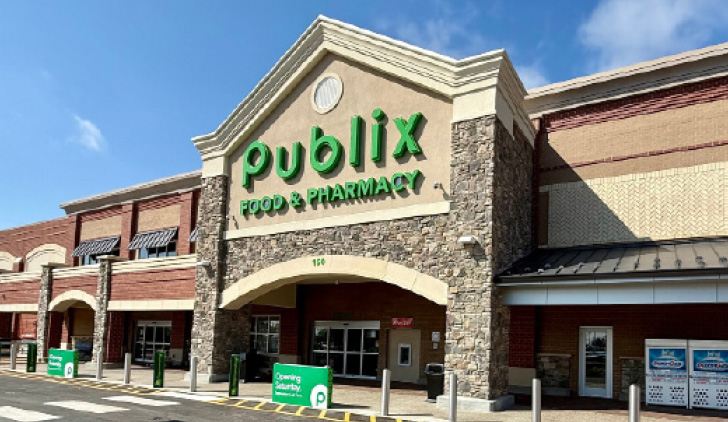
Customers know they can come to Publix for quality products. They also know we’re committed to being responsible citizens. But, what they may not know is the lengths Publix goes to source quality, sustainable seafood. Much of it includes quietly driving change in the seafood industry.
“Many retailers use red, yellow and green color codes or lists to identify a product’s sustainability level. Red signifies the seafood is least sustainable; yellow means there are some concerns, and green means the seafood is sustainable. And, some retailers claim they will sell only sustainable seafood by a particular year,” said Category Manager Guy Pizzuti. “That’s good, but those are short-term fixes. The steps Publix takes involve the industry, environmental groups and retailers working together to create positive and lasting change.”
By continuing to sell products that may be deemed yellow or red by some environmental groups, we can work with the industry to provide financial and market-based incentives to make improvements. Our process has three ongoing phases.
- Evaluation — this phase provides us with an understanding of our current sustainability landscape.
- Prioritization — this phase allows us to rank items by sustainability impact.
- Fishery Improvement Projects (FIPs) — those products that have a high sustainability impact are targeted for FIP work. When a fishery is identified for this category, we discuss it with our suppliers and provide them options. They can enter into an FIP with our partners at Sustainable Fisheries Partnership (SFP) or find a new source for the product.
“In our eyes, sustainability is a journey, not a destination,” said Guy. “Each year, we want to offer our customers more sustainable seafood options than the year before.”
To learn more about Publix’s seafood sustainability efforts, visit www.publix.com/sustainability.
Donation helps improve fisheries
Again this year, Publix will make a donation to SFP to rebuild troubled fisheries around the world. The donation will fund research to improve fisheries and make sure shrimp aquaculture in southeast Asia becomes more sustainable.
Invite customers to take part in this contribution through the purchase of farmed shrimp April 16 – 29.
Stores will receive counter card holders with informational brochures and static clings for seafood cases to help promote the donation. The brochure also will feature a shrimp recipe.


